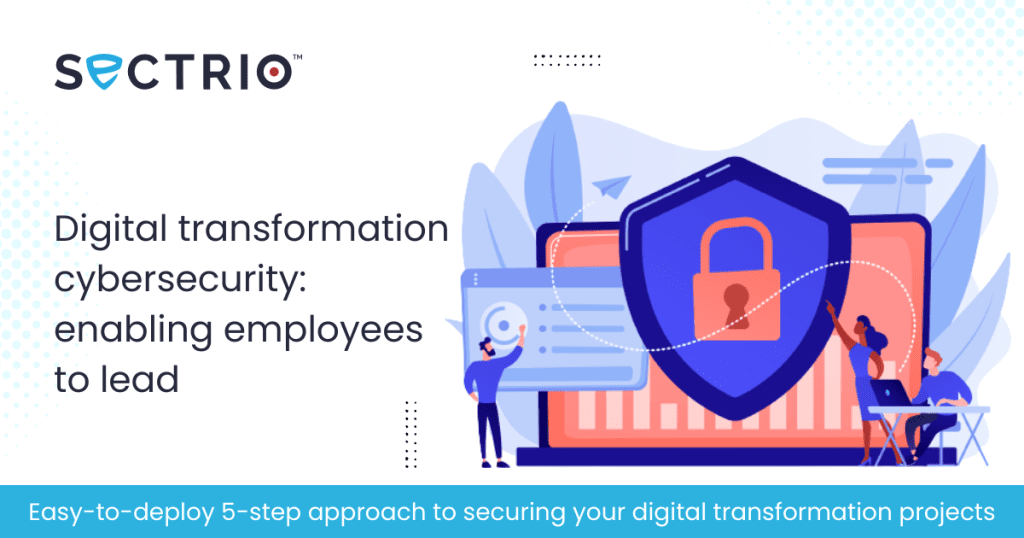How to Maximize the Cybersecurity Budgets & Show the ROI on Spends
US Cybersecurity budget proposal stands at $10.9B (FY2023), while cybercriminals made $6 trillion in 2021 One can decipher the importance of cybersecurity and at the same notice the bridge between spending and losing in that stat. A quantum future is already in the making, and tech giants are already in the race. One research estimate put quantum computers to be a million times faster than classical computers. Such great computing power can reform the way we see and interact with technology. To be a part of such an experience, one needs to rethink cybersecurity, novel threats, and challenges posed in the ever-increasing digital space. Every enterprise, irrespective of its size and nature, allocates a certain chunk of its IT budget toward cybersecurity. These figures roughly land anywhere between 2% to 10.7% or just around 0.2% to 0.9% of their revenue. This roughly equals the (proposed) US Cybersecurity budget – around 0.45% of their GDP. In a space where black hats (criminal hackers) are intimidating even the top tech giants, one has to reassess their Cybersecurity budget, and simultaneously look after cybersecurity budget optimization to achieve the best price to performance ratio. Does your Cybersecurity budget address these key areas? A cybersecurity budget breakdown should be able to define a company’s viewpoint and direction in adopting cybersecurity practices. Our experts at Sectrio curated the four areas, where you should exclusively focus upon: 1. Reactive vs Proactive The first and the most vital step in cybersecurity is being proactive, and not reactive. By the time a security breach is discovered and acted upon, the enterprise might end up losing credibility, business, and reputation. Many enterprises only work on implementing preventive measures and miss upon securing critical data and infrastructure. A proactive approach includes building cybersecurity from a hacker’s point of view and trying to penetrate the systems. An enterprise can hire blue/red hat experts to carry out penetration exercises and ramp up its cybersecurity. Also Read: Why IoT Security is important in today’s networks? 2. Leveraging SOAR technologies SOAR (Security Orchestration, Automation, and Response) technologies may not be coming at takeaway prices, but surely their ROI can justify their costs. The in-house cybersecurity team is often overwhelmed by the quantum of alerts thrown up by security systems. Collecting, assessing, and identifying false positives is a herculean task for the security team. Where speed and efficiency are vital, these challenges can be daunting. This is where SOAR technologies help in building automated responses to low-level threats. This leaves the cybersecurity teams more time to work on tasks that require human intervention and deeper analysis. 3. Protection of infrastructure & data In a digital space, data is the key to success. Protecting every bit of that data is vital to an enterprise’s success. The following should be a part of every company’s annual cybersecurity budget breakdown: Detection tools, micro-segmentation, and encryption technologies Network monitoring solutions – Intrusion prevention systems, intrusion detection systems, web scanners, and packet sniffers Secure Email gateways to counter phishing and social engineering attacks Access and authentication technologies Robust data protection plan – Data sharing, tracking, portability, and breach notification Regular data backup and replication – This protects against data loss during ransomware attacks 4. Improving cybersecurity culture Cybersecurity is not only the cybersecurity team’s job but everyone’s. Awareness programs, skill development, basic identification and reporting, and security awareness training should be a part of the cybersecurity budget of any enterprise. This prevents a considerable number of phishing cyber-attacks. What is Cybersecurity budget optimization? Everything needs to be optimized. Your phone battery, your hard disk memory, your grocery budget, and even the nation’s budget. Similarly, even a company requires a thorough cybersecurity budget optimization to make the best use of the resources available. It is of utmost significance that a company knows where it is overspending, underspending, and where it needs to be spent optimum. This helps in minimizing costs escalating due to unnecessary or otherwise unimportant factors and spending more on areas that require time and value. Maybe you are overspending here! Our experts have decoded the four areas of overspending from a company’s typical cybersecurity budget breakdown. Make sure you address the following four areas to curb your overspending: 1. Handling Technology bloat In a company driven by technology, it is apparent that applications bloat over time. While few of them might be important, many of them can be simply pulled out of the regular workflow. Doing so will reduce time and money. Companies should deploy Technology Rationalization periodically to assess and eliminate tools and applications deemed unnecessary. 2. Legacy Systems Running processes on legacy systems is one area many enterprises are stuck with. While the individual costs don’t pop up in the annual balance sheets, these costs compound with time and become start bruising before one realizes it. It is best advised to move to modern IT infrastructure that gives better cybersecurity support. 3. Protecting all data equally Data type and nature vary greatly. While personal identification details, credit card numbers, and phone numbers can be very sensitive, policy documents and other in-house documents hardly have value. Depending on the type and nature of the data, protection tools must be deployed. This helps in bringing down the costs by a large margin with time. 4. Traditional Preventive Tools Hackers find novel ways to leverage the latest technology and tools to intrude into a system. Deploying heavy traditional tools may not be the right way to go ahead in the future. A thorough risk assessment can help in identifying the high likelihood of the type of risks and deploy cloud-based solutions accordingly. How to optimize your Cybersecurity budget? Spending more does not mean more protection. Only when you spend wisely, your protection improves. It is vital to know where to focus and how to prioritize spending across various aspects. 1. Technology that serves your purpose need not be the best More often than not, most hackers try to gain access to your enterprise’s network for financial gain.
How to Maximize the Cybersecurity Budgets & Show the ROI on Spends Read More »










